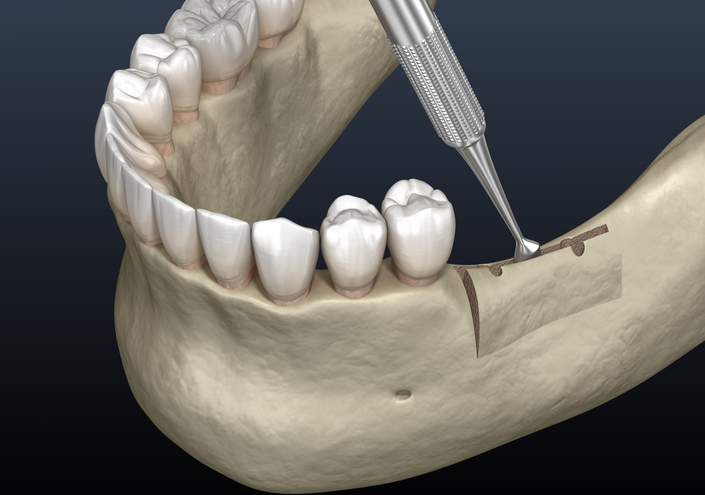
Alveolar ridge preservation following posterior maxillary tooth extraction

Alveolar ridge preservation in the posterior maxillary teeth may be effective in reducing the need for invasive lateral window sinus floor elevation procedures.
In a study published in Clinical Oral Implants Research, researchers randomly assigned 28 patients with bone height of six to eight millimeters who required posterior maxillary tooth extraction to undergo either unassisted socket healing or alveolar ridge preservation with deproteinized bovine bone mineral or collagen-stabilized deproteinized bovine bone mineral. They then examined the patients’ ridge height, sinus pneumatization and the need for postextraction lateral window sinus floor elevation at four months.
Compared with the patients in the alveolar ridge preservation groups, the researchers found that those who underwent unassisted socket healing had a greater reduction in the mean mid-ridge height, increase in sinus volume and need for lateral window sinus floor elevation procedures.
The findings demonstrated that alveolar ridge preservation may be implemented to improve outcomes and minimize the need for sinus floor elevation in this patient population.
Read more: Clinical Oral Implants Research
The article presented here is intended to inform you about the broader media perspective on dentistry, regardless of its alignment with the ADA's stance. It is important to note that publication of an article does not imply the ADA's endorsement, agreement, or promotion of its content.